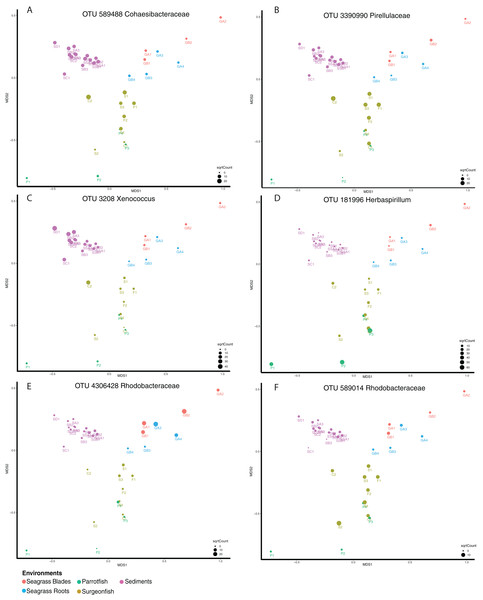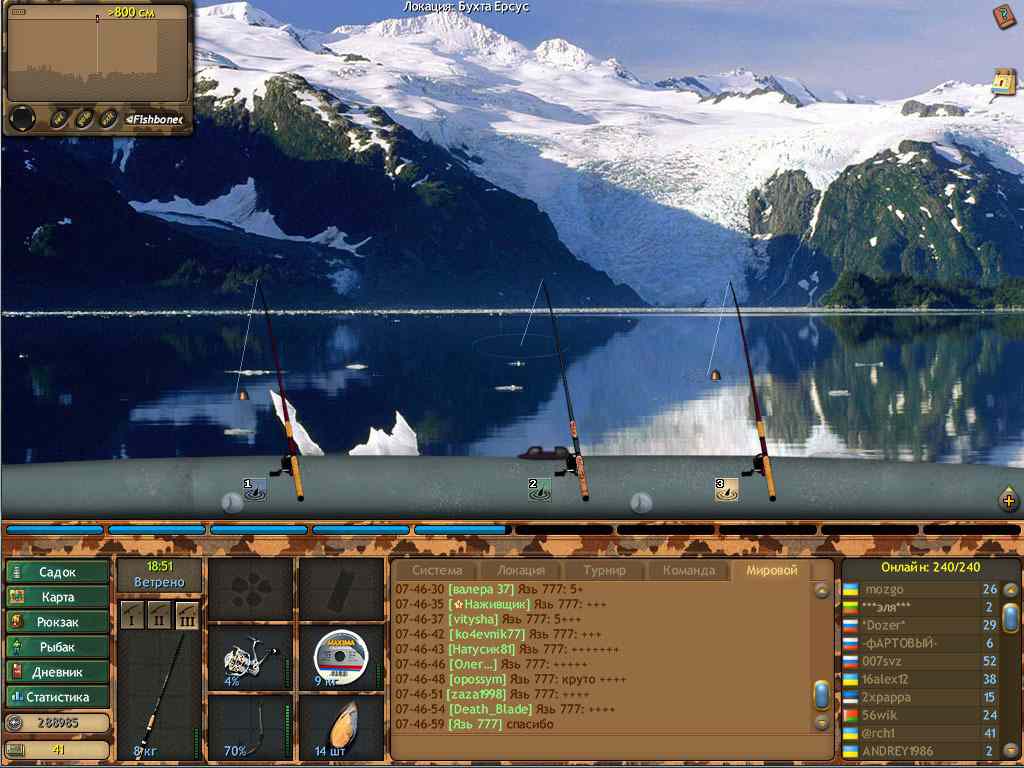

The fish will secure its position within the coral by extending its caudal spine into the coral, making it nearly impossible for a predator to pull the fish out. Juveniles will hide in corals when frightened. The most dominant fish often have the largest breeding territory. The standing of this fish with other fish on the reef may be impacted by their caudal spine. Their blue coloration may change during intense encounters. Males may fight other males by circling each other while displaying their caudal spine and attempting to slash or slashing their rival. In the reef, palette surgeonfish school for protection. Males typically reach sexual maturity around 4 inches (11 centimeters) in length and females at about 5 inches (13 centimeters).

Sexual maturity is measured by size and not age. Fertilized eggs will hatch between twenty-five and twenty-eight hours after fertilization. Females may release up to 40,000 eggs during each spawning event. Each of the eggs contain a drop of oil for floatation. External fertilization takes place in the water, with the currents dispersing the gametes and fertilized eggs. The group begins swimming upward, releasing their eggs and sperm at the crest of their upward movement. Broadcast spawners, male and female palette surgeonfish gather in spontaneous breeding groups. Breeding activity is most concentrated from December to June in the Pacific. Reproductionīreeding takes place during the cooler months, depending on location and water temperature.

This fish is an omnivore that feeds on zooplankton and algae. Palette surgeonfish range from 5 to 15 inches (12 to 38 centimeters) in length, averaging 10 to 12 inches (25 to 31 centimeters). A caudal spine on each side of the caudal fin contains toxins that can cause debilitating pain to small predators and pain and uncomfortable irritation to humans. Their color changes to blue as they mature. The dorsal and anal fins are tipped in light blue. Juveniles are bright yellow with blue spots close to their eyes. These fish are bright yellow on the caudal and pectoral fins extending in a “V” shape from the caudal fin to just behind the caudal spine. Adults have dark blue narrow lines on the dorsal side of body that darken, turning black near the tail. It has a bright blue body color, and iridophores, a type of chromatophore, contribute to the coloration. This species has an oval-shaped, laterally compressed body with a pointed snout-like nose and small mouth. Palette surgeonfish live around tropical coral reefs with strong water currents. These fish are found in the Indo-Pacific Ocean, from East Africa to Kiribati, north to southern Japan, south to the southern Great Barrier Reef, Samoa and New Caledonia. The Aquarium has palette surgeonfish in Shark Lagoon, Tropical Reef habitat, and other exhibits in the Tropical Pacific Gallery.


 0 kommentar(er)
0 kommentar(er)
